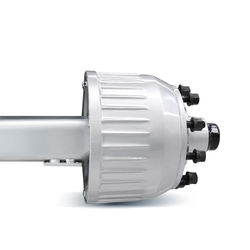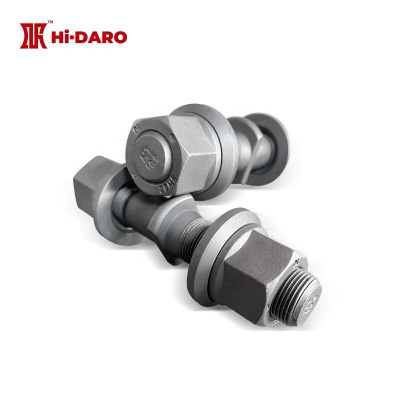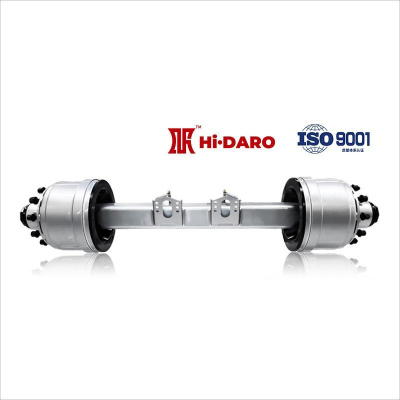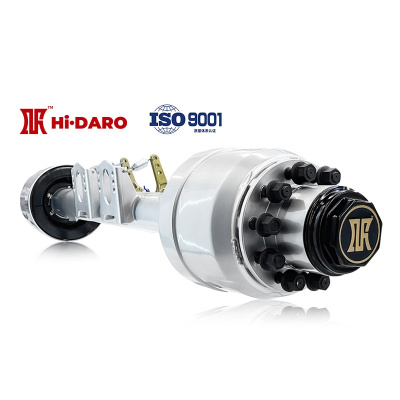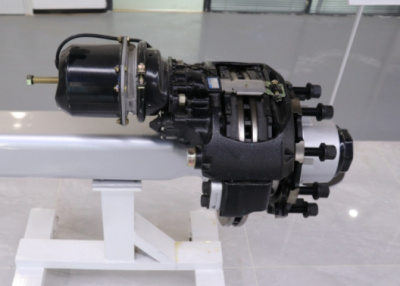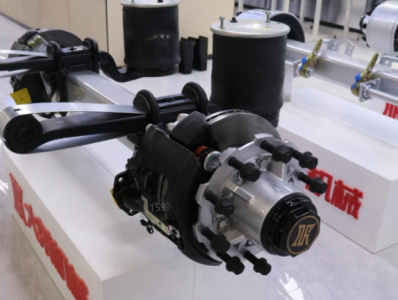Detail Trailer air suspension Do you really know how to use and maintain?
With the development of transportation environment, transportation level and modern logistics industry, the demand for heavy trailers in road transportation is also increasing. However, the over-limit and over-speed operation of heavy trailers lead to the intensification of dynamic load on the road surface, which significantly shortens the service life of the road surface, which is the main cause of the damage of the road surface and increases the maintenance cost of the road.
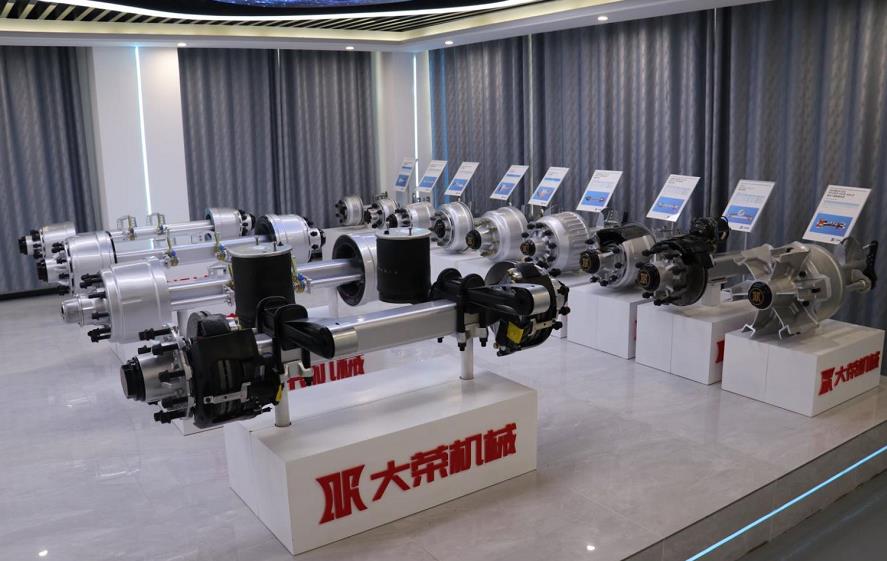
Air spring has been widely used in foreign commercial vehicles, the use of trailers and semi-trailers in Europe and the United States has reached more than 80%, in the production of trailers in Japan, 4×2 tractor air suspension has accounted for 90%, 6×2 trailer air suspension has accounted for 60%. Due to the influence of vehicle production technology in our country, the popularity rate of equipment air spring is not high.
In recent years, China has strengthened the research on the interaction mechanism between vehicles and roads, the government has paid more and more attention to the maintenance and overload control of highways, the understanding of road friendly suspension of heavy goods vehicles has been further deepened, and the application of air spring in commercial vehicles has a good external environment.
First, the advantages of air spring
The air spring suspension can automatically adjust the stiffness and damping coefficient of the air spring according to the quality of the vehicle and the condition of the road surface, so as to improve the ride comfort of the vehicle and the damage to the road surface. Because of its unique structure, the air suspension has an incomparable advantage over the leaf spring suspension by compressing the gas in the air spring as the force transfer medium.
1. The stiffness of air suspension is small and has variable stiffness characteristics.
The size of the suspension stiffness affects the natural frequency of the vehicle, and the lower natural frequency is conducive to improving the ride comfort of the vehicle. The nonlinear characteristics of the stiffness can satisfy the user to adjust the stiffness according to the road condition and the load condition of the vehicle, and ensure the natural frequency of the vehicle as small as possible.
2. The air suspension can adjust the body height of the car by charging and discharging air.
When the car is partially loaded or steering causes a large roll of the body, the gas pressure in the air spring can be controlled to maintain the stability of the body. At the same time, the electronically controlled air suspension system (ECAS) can adjust the height of the body, which greatly improves the efficiency of the suspension transport.
3. The air suspension is heavy and light, which is conducive to the lightweight of the vehicle.
Taking the matching of air suspension system and single drive axle as an example, the design load is 13t and its mass is 260kg, which can reduce the vehicle's own weight and increase the mass utilization coefficient compared with plate spring suspension.
4. The air suspension has better shock absorption effect.
The air suspension can greatly absorb the impulse load of the car from the road roughness, reduce the failure rate of the chassis, electrical equipment and goods, and extend the service life. At the same time, it can also reduce the damage degree of vehicles to the road surface and reduce the cost of highway maintenance.
5. Cars equipped with air suspension can load more cargo and improve economic efficiency.
The relevant provisions of GB 1589 have relaxed the total mass and axle load limits of cars equipped with air suspension. For example, the maximum total mass limit for three-axle vehicles is 25t, but when equipped with air suspension, the limit is 26t. This is beneficial for users, offsetting to some extent the higher cost of air suspension.
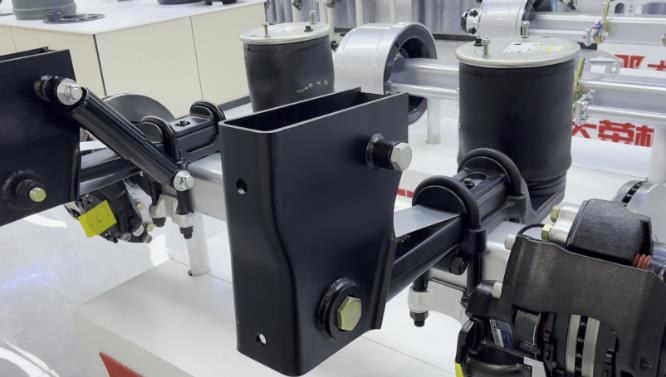
Second, precautions in the installation and use of air spring
1. Working air pressure
In order to avoid early damage to the air spring due to too low or too high pressure, the working pressure of the air spring should be within a strict range.
If the air spring is sealed with a hoop ring, the general inflation pressure is not less than 0.07MPa, if the use of rim clamping or pressure self-sealing, the inflation pressure is not less than 0.1MPa
The design pressure of the general air spring is one-third of the blasting pressure, and the design pressure of the air spring can reach half of the blasting pressure for the working environment is better.
2. Work schedule
The allowable travel of the air spring is listed in the performance parameter table of each air spring. In order to ensure the service life of the air spring, the air spring is not allowed to exceed the allowable travel of the air spring during use.
3. Installation conditions
When installing the air spring, we should try to ensure that the upper cover plate and the lower cover plate or the base have the same center line, and minimize the offset and tilt of the center line of the air spring. At the same time, it should also ensure that there is sufficient installation space, the air spring shall not produce friction with any parts, and cannot interfere with any parts in the process of use, and to prevent the impact of hard objects.
4. Conditions of use
In use, the rubber air spring should be kept dry and cool and ventilated as far as possible, should avoid exposure to the sun, prohibit contact with acid, alkali, oil and other organic slippery agents, and away from heat sources.
5. Replace or replace
When replacing the air spring, it should be replaced according to its model specifications. If the air spring of the same model specifications cannot be obtained, the air spring with the same performance should be replaced.
Three, the air spring common failure
1. The capsule is faulty
(1) Rubber air bag surface wear.
The clearance between the air spring and the surrounding parts is not enough, and the friction with other parts of the air suspension causes wear.
If the shock absorber is damaged, the air pipeline or the brake system pipeline is loose, and the rubber air bag interferes with the friction, the rubber air bag surface will also be worn.
(2) There are chemical erosion holes on the surface of the rubber air bag.
When the rubber air bag is glued to grease, lubricating oil or gasoline, etc., if it is not cleaned in time, the grease will erode the surface of the rubber gas, and there will be chemical erosion holes.
(3) The rubber air bag fatigue aging, wrinkling.
The rubber air bag is stained with grease and so on, which leads to premature aging, and it may be normal aging.
(4) The rubber air bag is deflated and cannot bear the load.
Air control line leakage or blockage; Height control valve failure; The air pressure in the reservoir is too low to open the pressure protection switch.
2. Upper plate failure
(1) Sunken upper cover plate.
The air suspension height is too low, and the air spring works under low pressure for a long time; Height control valve failure; The air pressure in the rubber air bag is too low, and the vehicle is seriously overloaded; Wrong type of air spring used.
(2) The upper cover plate is raised.
The air suspension height is too high, and the air spring works under abnormal air pressure for a long time. Height control valve failure; The shock absorber is damaged or the model is wrong; Wrong type of air spring used.
(3) The upper cover bolt is loose or out.
For the air spring with bolt fastening and sealing mode, due to the different fastening force of each bolt around the upper cover during assembly, the bolt will slowly loosen and slip during operation.
3. The throttle width is faulty. The throttle width falls off.
For the throttle valve that uses bolt fastening to ensure the relative position between the adjusting seat and the valve suite, the bolt is easy to loosen during the vibration process, resulting in the loosening of the seat and the valve sleeve.
4. Air leakage fault
(1) Cracking, air leakage or air leakage at the joint of the rubber air bag and the upper cover plate or the piston base. The air spring works in the range beyond the allowable stretch stroke for a long time;
(2) The air pressure in the rubber air bag is too high, and the overload is serious;
(3) The air suspension shock absorber is damaged or the model is wrong;
(4) Eccentric contact of the buffer block leads to local wear of the rubber air bag at the junction of the upper cover plate edge or the piston base.
(5) The temperature in winter is too low and the temperature difference is large, resulting in the rupture of the outer surface of the capsule.
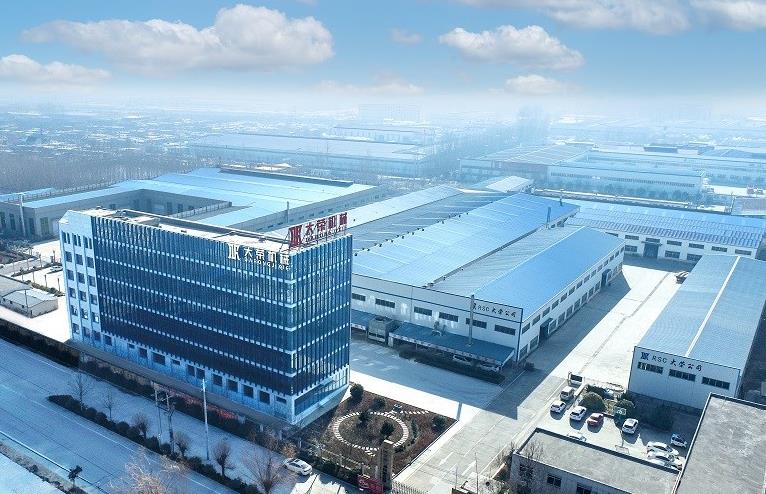
Fourth, preventive measures to avoid the failure of the air spring
(1) When the air suspension is assembled, a reasonable model of air spring is selected in strict accordance with the technical indicators to prevent the air spring from working under too low or too high air pressure.
(2) During the installation process, ensure that the clearance between the air spring and the surrounding parts is reasonable, and ensure that it does not produce friction with other parts.
(3) The outer layer of the rubber capsule is selected with a high-strength rubber material to improve the strength of the rubber outer layer of the air spring capsule.
(4) Avoid chemical and oil substances to contact the surface of the air spring rubber bag.
(5) For the bolt-tight sealed air spring, when the top cover bolt is loose and disconnected, the bolt should be tightened with bolt fastening glue, and the bolt should be replaced with a reliable quality bolt when the bolt is broken.
